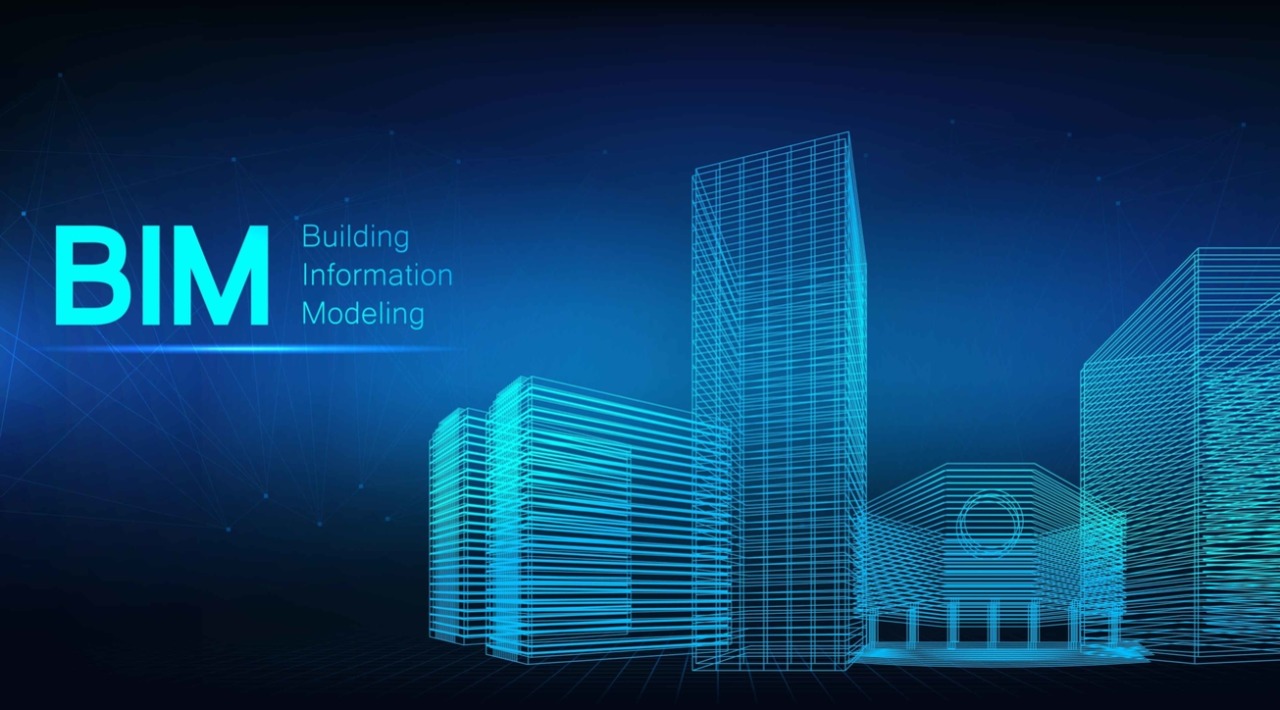The first time the term ‘BIM’ (Building Information Modeling) came into existence was way back in early 2000’s. It started in UK, agreeing the said term in the year 2000. It is general term which comprises of number of aspects with respect to technology tools, digital presentation tools & management tools.
The Main Scope:- BIM was built mainly to serve the industry under one roof & to bring all the stakeholders on one page. The main big advantage of BIM is that you can access your project progress anytime & anywhere, though you are client/customer or owner.
Is it a Software?:- BIM means automation of the use of information — the creation of information became automated already when CAD arrived. From 3D model software, BIM asks for accuracy and capability to handle lots of information, and in practice also compatibility with other solutions as otherwise achieving a collaborative workflow would be challenging at best.

What BIM is Capable of?:- BIM isn’t just a set of software or simply a 3D model. It contains not only the model elements but the vast amounts of information that make up the project, as well as the process of exchanging that information with other parties involved. Whereas previous workflows relied on multiple file formats and disconnected processes that quickly became out of sync when changes were made, BIM workflows allow for a much more dynamic and synchronized approach to project management.
The Breif Application:– BIM is widely used in building applications to reduce the cost overrun and time overrun, which may help in reducing the delays in the project. With the help of various tools such as 3D modeling and clash detection, it helps efficiently plan, design, construct and manage buildings. Buildings account for a larger share of the BIM market compared with any other application because of the increasing number of buildings or construction projects, along with business centers, shopping centers, and retail shops. It is a step forward in leveraging BIM toward the innovative presentation of projects in the form of informative and simulations models.
If only one book were to be written about BIM, it might have “DON’T PANIC” printed in large uppercase letters on the front cover:- Pete Zyskowski
The Ongoing Road:- Building information modeling (BIM) is one of the most important and promising changes in the architecture, engineering, and construction (AEC) industries, as it represents a paradigm shift in the conception and gestation of projects, allowing for the development of a detailed virtual model for the different phases of a project life-cycle. Improving collaboration and harmony and achieving higher levels of efficiency, BIM allows integration in the AEC industry, which is usually characterized by fragmentation. Currently, with complex and large engineering projects, these methodologies and technologies are enabling the management and processing of the generated data.
Why BIM?:- BIM software on its own is not a miracle cure. Since the benefits of BIM are so closely tied to adoption, the more you encourage your team to leverage it, the more likely you are to see a return on your investment. And, as BIM technology continues to evolve and become more powerful, the companies prepared to change with it will be rewarded with a full pipeline of work and a streamlined process that brings their customers back again and again.
Now, here in this discussion we got to know briefly about what BIM is. However in the next blog, we will deep dive into how exactly BIM is helping companies throughout in growing their business. Stay Tuned for our next blog..!!


